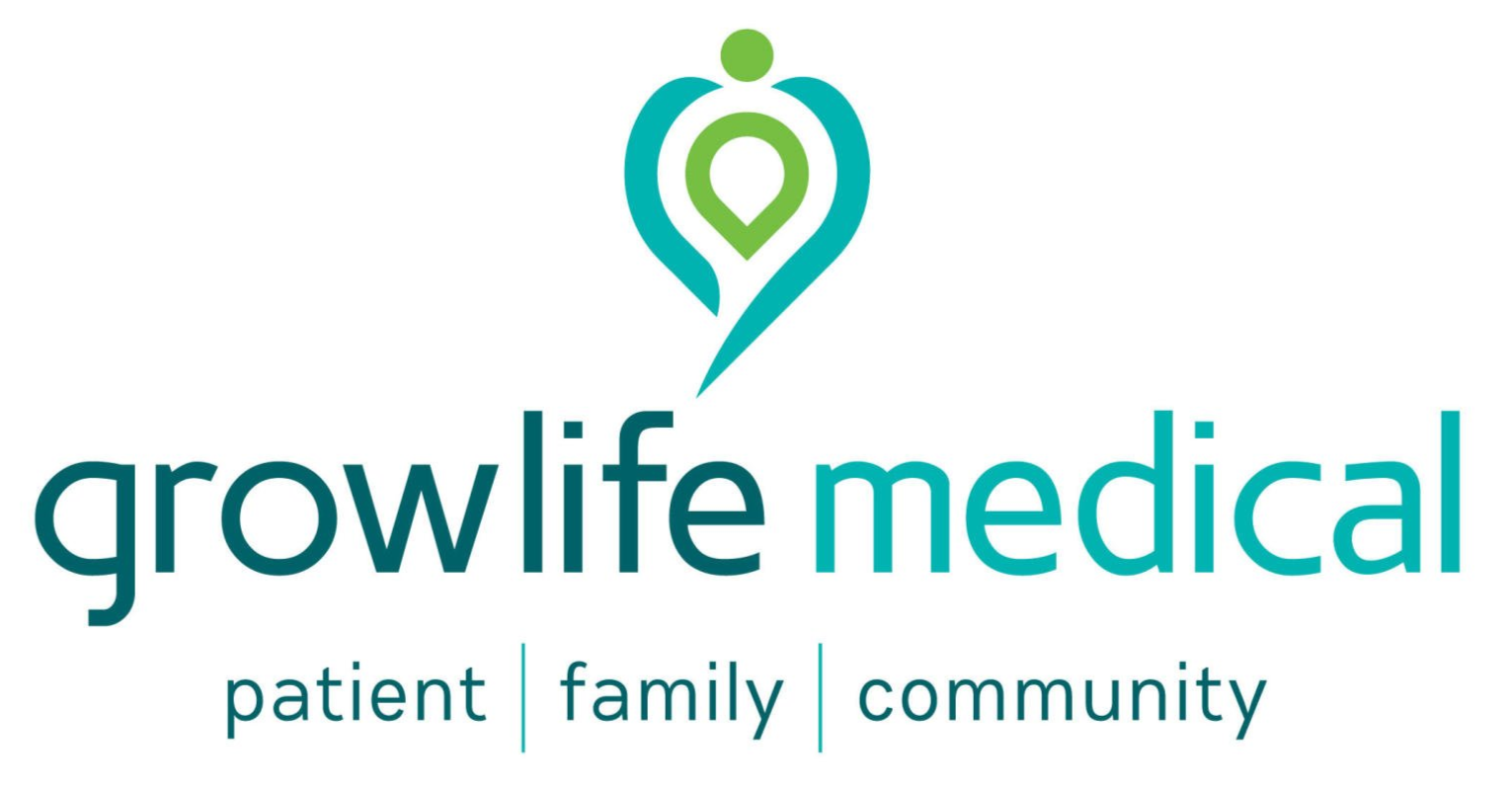Nutrition for Frailty and Malnutrition Prevention
Nutrition for Frailty and Malnutrition Prevention

As we age, maintaining strength, energy, and independence becomes increasingly important. However, frailty – a condition marked by a decline in physical reserves- can pose a serious challenge for many older adults. Often under-recognised, frailty increases the risk of falls and hospital admissions and may contribute to a loss of independence and/or a lower quality of life.
The good news is that nutrition can play a key role in both preventing and managing frailty. Through simple dietary changes, muscle and bone strength can be preserved, energy levels can be increased, and the risk of malnutrition and falls can be minimised!
What is frailty?
Frailty is a condition often seen in older adults where the body becomes weaker and less able to handle everyday challenges. You may notice your strength and energy aren’t what they used to be, which might make it harder to bounce back from things that might not normally or historically have affected you (eg. Feeling really exhausted after having your grandkids over, struggling to carry your grocery bags from the car to your house, requiring a lot of effort to get off your couch or toilet, etc.).
Signs of frailty may include:
- Unintentional weight loss
- Bone protrusion or ‘floppy’ skin
- Fatigue or low energy
- Slower walking speed
- Weak grip strength
- Reduced physical activity levels
If left unresolved, these signs of frailty may lead to a diagnosis of malnutrition, a condition caused by inadequate nutrient intake. While frailty can be progressive, it does not inevitably lead to malnutrition. We can slow down or even reverse its effects with early intervention, especially through nutrition!
How nutrition can help prevent or manage frailty
Eating the right foods is key to keeping our bodies strong, especially as we age. A high-protein, high-energy diet can help prevent muscle loss or even help regain some weight.
Not many people know that for older adults, the healthy weight range shifts from a BMI of 18-25 kg/m2 to 23-30 kg/m2. This is because having a bit more body weight can actually be a good thing; it helps protect your body. As we get older, we naturally lose muscle and bone mass, which can make us more vulnerable to falls. Having a higher BMI, which often includes a little more fat and muscle, can be a protective factor.
Extra weight helps maintain muscle strength, supports bone density, and can act as a bit of a cushion in case you fall.
Key nutrients to consider
Protein
This macronutrient is vital for preserving muscle mass, as muscles are literally where our protein gets stored in the body.
The following foods are all great sources of protein:
- Chicken, red meat, fish
- Legumes
- Tofu
- Eggs
- Yoghurt
- Cheese
- Milk
Energy (AKA calories!)
In older adults, we need to make every mouthful count! We want to squeeze as many calories as we can into a small volume of food – especially if appetite is low.
The following foods are all very calorie-dense:
- Butter or margarine
- Olive oil
- Mayonnaise
- Full-fat dairy
- Nuts or nut spreads
- Avocado
Calcium & Vitamin D
These nutrients are crucial for maintaining bone health and reducing risk of falls. Our bones are essentially a storage bank for calcium, and vitamin D is super important in optimising calcium absorption. As we get older, our calcium and vitamin D requirements increase, further reinforcing the importance of considering these nutrients in preventing frailty.
The following foods are all good sources of calcium and/or Vitamin D:
- Dairy products – e.g. full cream milk, cheese, and yoghurt. Aim for no less than 3-4 serves of dairy per day (where 1 ‘serve’ is equivalent to 1 cup of milk)
- Canned salmon or sardines with bones
- Fortified plant-based milks (check it has OVER 120mg/100g calcium!)
- Leafy greens – e.g. spinach and kale
- Sunshine! Aim for 15 minutes of sunlight daily for vitamin D production.
5 top tips to manage frailty and prevent malnutrition
1. Prioritise high-protein, high-energy foods.
- Every time you eat, consider where your source of protein is coming from.
- If you struggle with low appetite or early satiety (i.e. feeling full quickly and unable to finish your meals), make sure you eat the meat first rather than the veg (save the best ‘till last?!). This means you are prioritising the more calorie-dense parts of the meal which will give you more bang for your buck.
- Where possible, make sure these foods are easy-to-chew foods (particularly if you have denture/swallowing issues). Think scrambled eggs, stewed fruits, and smoothies.
2. Eat smaller, more frequent meals and snacks
- A good rule of thumb is to have something to eat/drink every 2–3 hours. We want to give ourselves as many opportunities throughout the day to get our nutrition in (rather than relying on only 2-3 eating occasions, for example).
- This may require you to rely less on your appetite cues to tell you when you are hungry, and you might need to start paying more attention to the clock and what times of the day you should be eating. If you have issues with remembering to eat, consider phone alarms or reminders on your calendar!
3. Fortify meals
- Add grated cheese, cream, or milk powder to soups
- Add extra butter and milk into your mashed potato
- Mix 1-2 spoonfuls of olive oil into your pasta dish
- Always have avocado with your salad
4. Consider meal prep support and/or assistance
- Simple, ready-to-eat options like pre-made soups or frozen meals are always a good idea. Particularly if you are feeling fatigued or don’t have the energy to prepare a meal from scratch, this is a much better alternative than eating nothing!
- Explore home meal delivery options
- See if you are eligible for services that assist with grocery shopping and/or meal preparation.
5. If you are struggling to get adequate nutrition through the above strategies, it may be a good idea to explore nutrition supplements.
- These often include high-protein, high-energy drinks, which you could try to sip on throughout the day. For many people, it is much easier to drink our calories rather than eat our calories.
Remember, even small changes can make a big difference to strength and independence. It is also important to remember that while nutrition is super important, pairing it with regular gentle activity like walking, stretching, or strength exercises will also contribute greatly to improving muscle and bone health!
But what does this actually look like in a day of eating?
Here is an example of how to elevate your eating pattern to get more of the nutrients that matter to you:

Want to know more?
If you or someone you care for shows signs of frailty or malnutrition, don’t wait – book an appointment with our dietitian for individualised advice. Click here.
Disclaimer
This article is for general information only and is not intended to replace individual medical or dietary advice. Please speak with your GP or an Accredited Practising Dietitian (APD) for guidance specific to your situation.
